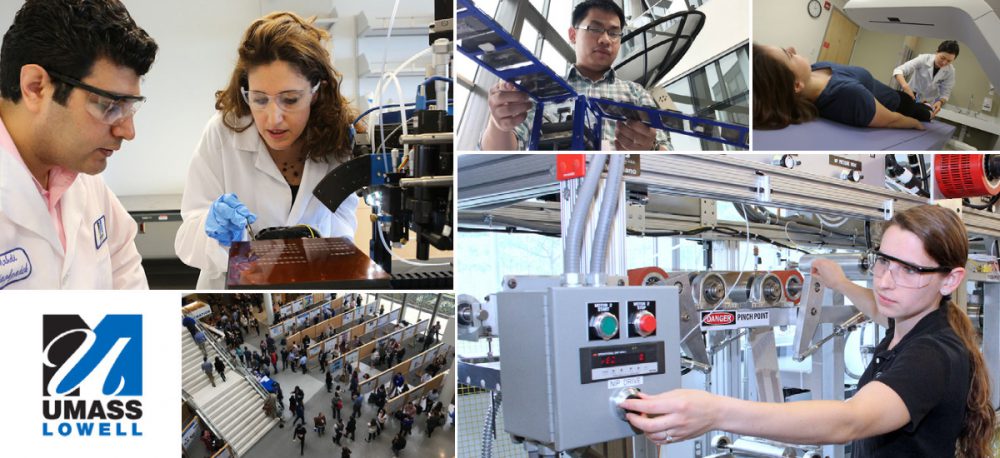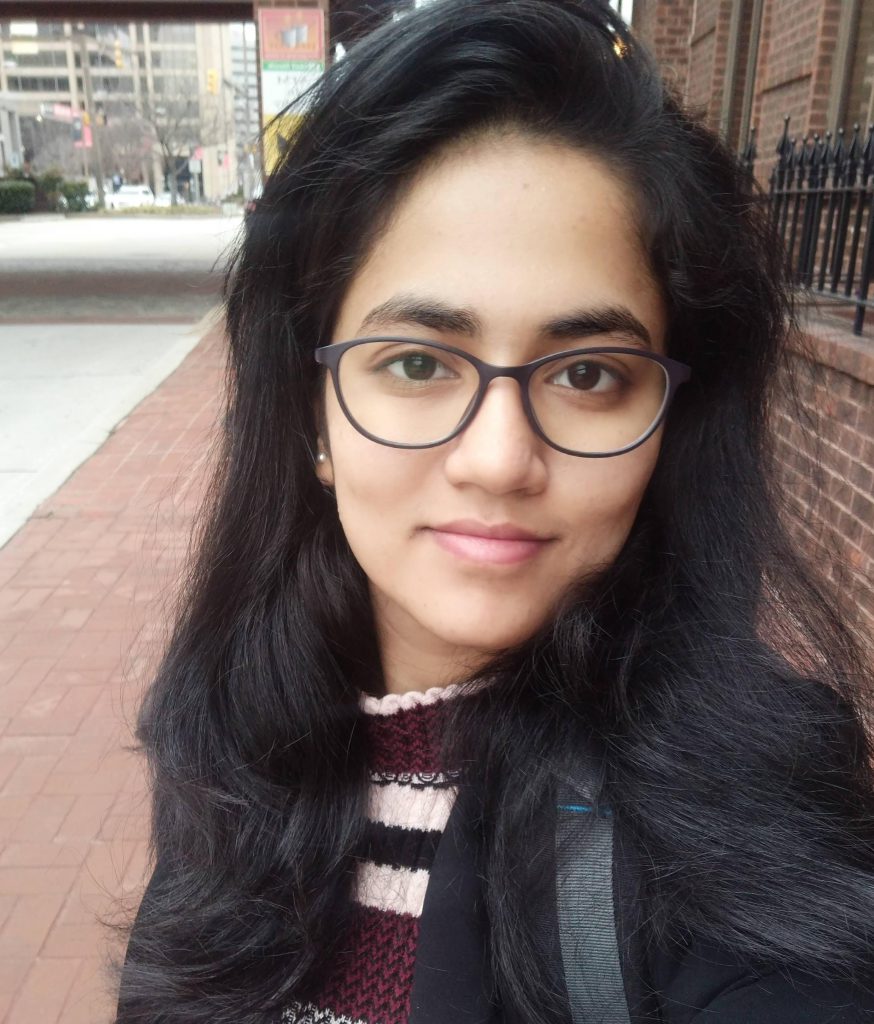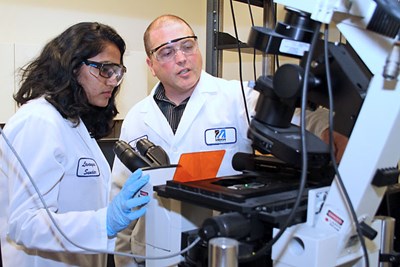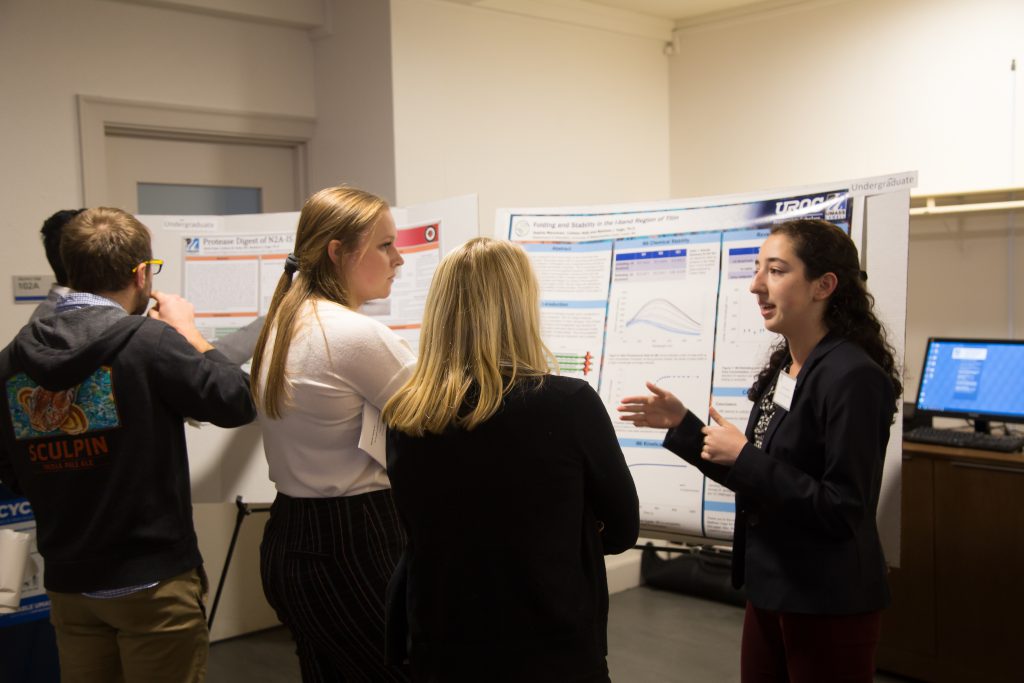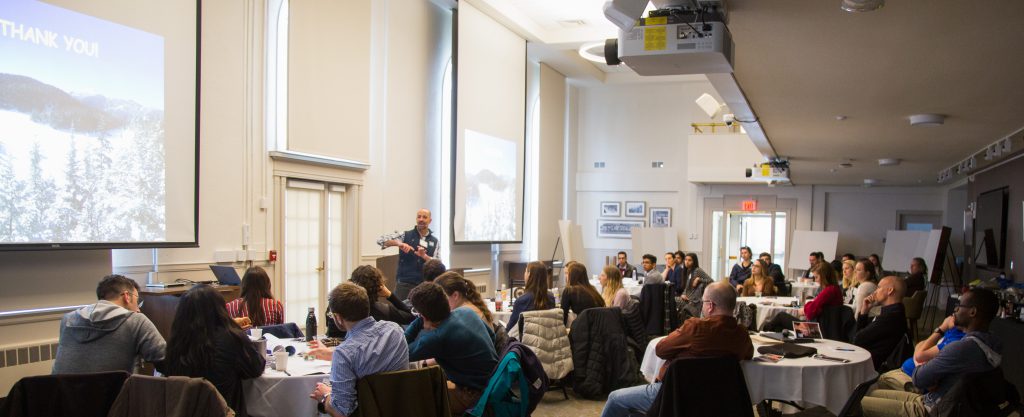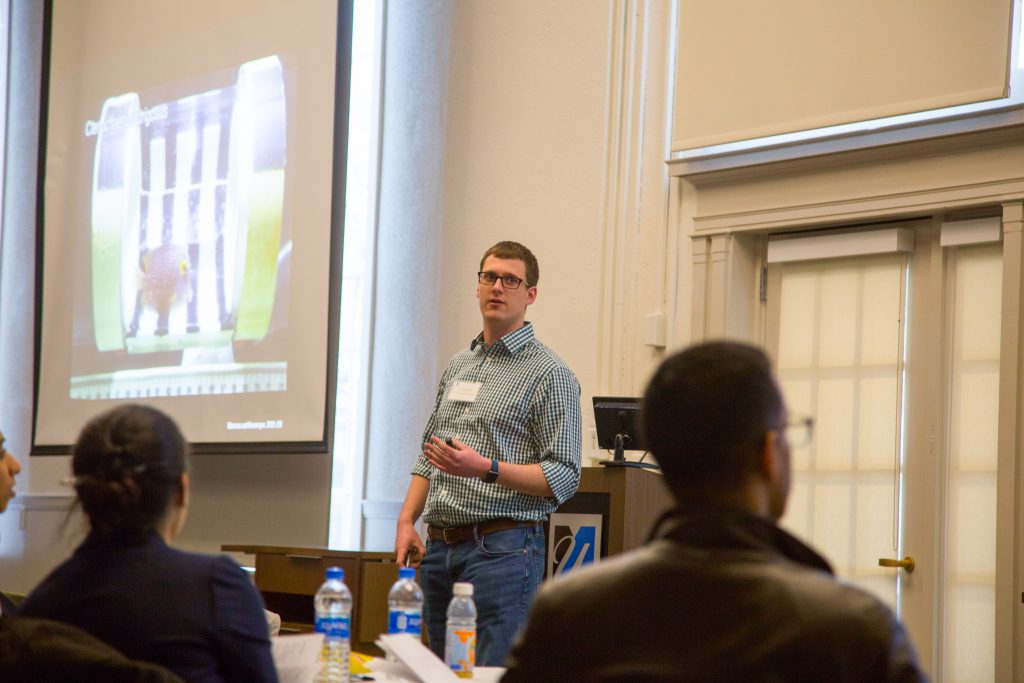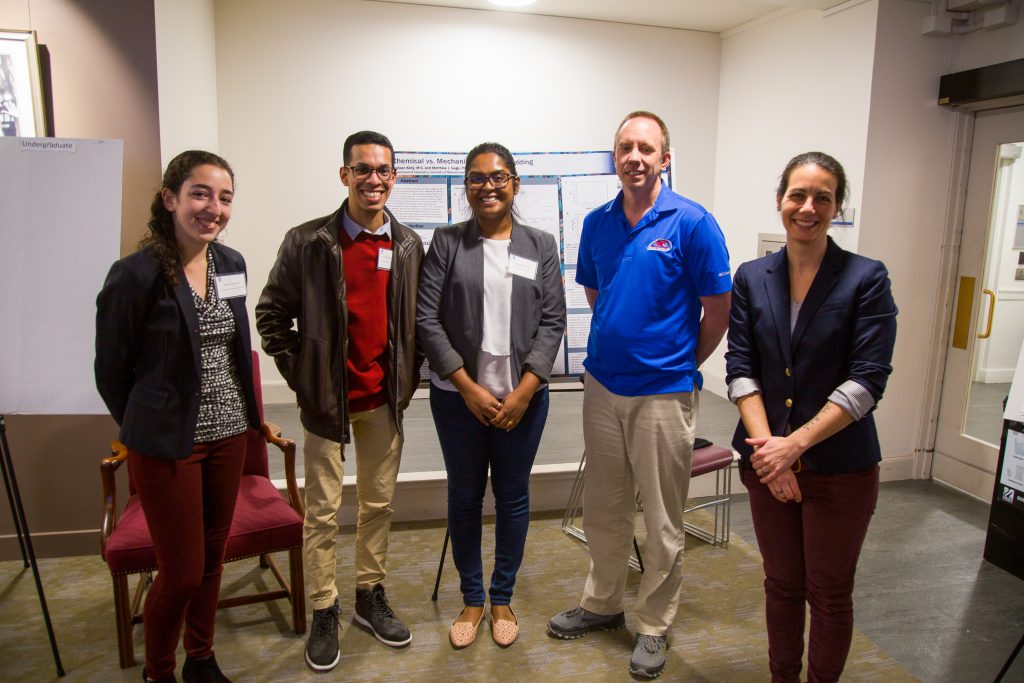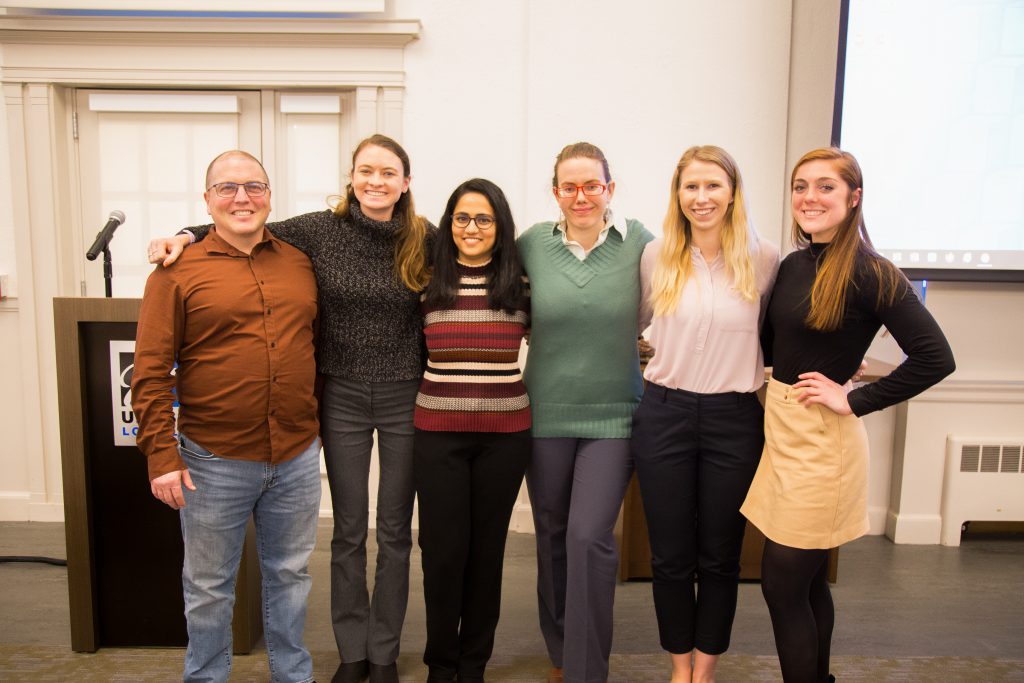International Women in Engineering Day is celebrated annually on June 23. Learn more about the great work and outstanding accomplishments of just a few of the women engineers at UMass Lowell:
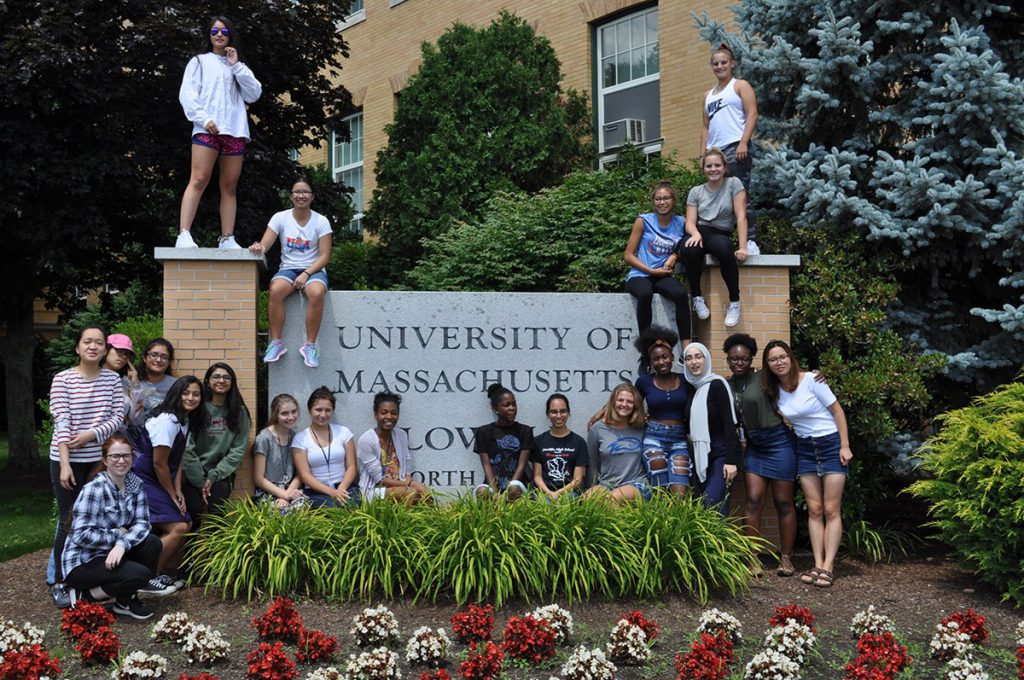
- Assoc. Dean of Undergraduate Affairs Kavitha Chandra was the first woman to graduate from UMass Lowell with an electrical engineering doctoral degree. Now, Chandra leads the Research, Academic and Mentoring Pathways (RAMP) program which provides incoming first-year female engineering students the chance to get to know the engineering field, the campus and build a network of women in engineering. Learn more about RAMP.
- Assoc. Prof. Joyita Dutta received a $2.7 million National Institutes of Health grant for her research that aims to build models that predict the progression of tau tangles in the brain, primary markers for Alzheimer’s disease. Read more.
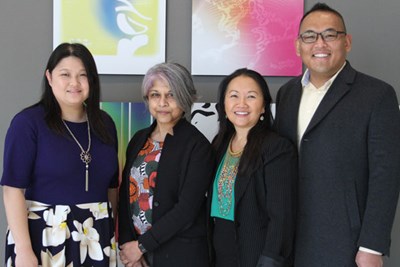
- Biomedical Engineering Asst. Teaching Prof. Yanfen Li is leading a team of faculty researchers which has been awarded a six-year grant totaling nearly $1.5 million by the National Science Foundation to create a diverse and competitive pool of students who could become future faculty candidates in engineering. Read more.
- Plastics Engineering Assoc. Prof. Margaret Sobkowicz Kline teamed up with Assoc. Prof. Christopher Hansen to create the Sustainable Water Innovations in Materials – Mentoring, Education, and Research (SWIMMER) program at UMass Lowell. The program aims to protect endangered water resources through training graduate and Ph.D. students to develop sustainable materials and chemicals that will not harm water resources. The program is funded through a five-year $2,998,922 National Science Foundation Research Traineeship award. Read more.
- Prof. Laura Punnett co-directs the Center for the Promotion of Health in the New England Workplace (CPH-NEW) which is a joint initiative between UMass Lowell and the University of Connecticut. Recently, CPH-NEW received a renewal grant of $7 million from the National Institute of Occupational Safety and Health for their research on safeguarding worker health. Read More.
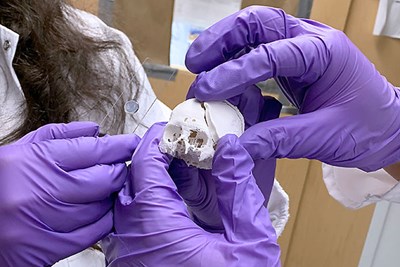
- Asst. Prof. Gulden Camci-Unal received a five-year grant worth nearly $2 million from the National Institutes of Health for her research on repairing and regenerating bone. The goal of her research is to design and synthesize novel composite biomaterials to create tiny 3D scaffolds of structures where bone cells can grow in the lab and produce a matrix that gets deposited with minerals to form bone. Read more.
- Asst. Prof. Marianna Maiaru received a three-year $450,000 Young Investigator Program grant from the Air Force Office of Scientific Research for her work on process modeling of composite materials. The grant will assist her in advancing the development and processing of high-strength, high-temperature structural materials for the next generation of aerospace vehicles. Read more.
- Asst. Prof. Yan Gu received a five-year $565,000 National Science Foundation CAREER grant for her research that would develop new methods in modeling, analyzing and controlling the movement of legged robots to keep them stable and upright while walking on nonstationary surfaces. Read more.
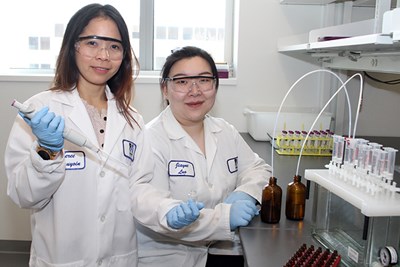
- Asst. Prof. Sheree Pagsuyoin leads the project, Disease Surveillance with Multi-Modal Sensor Network and Data Analytics, also called “DiSenDa.” The project won a $660,000 prize during the inaugural international competition hosted by The Trinity Challenge. “DiSenDa” is a joint research initiative between UMass Lowell and Northeastern University that is creating and testing low-cost automated wireless sensor networks that predict disease outbreaks in the air and in wastewater in real time. Read more.
- Asst. Prof. Danjue Chen received a five-year $500,000 early-career development award from the National Science Foundation for her research into the complex interactions between self-driving and human-driven cars. Read more.
